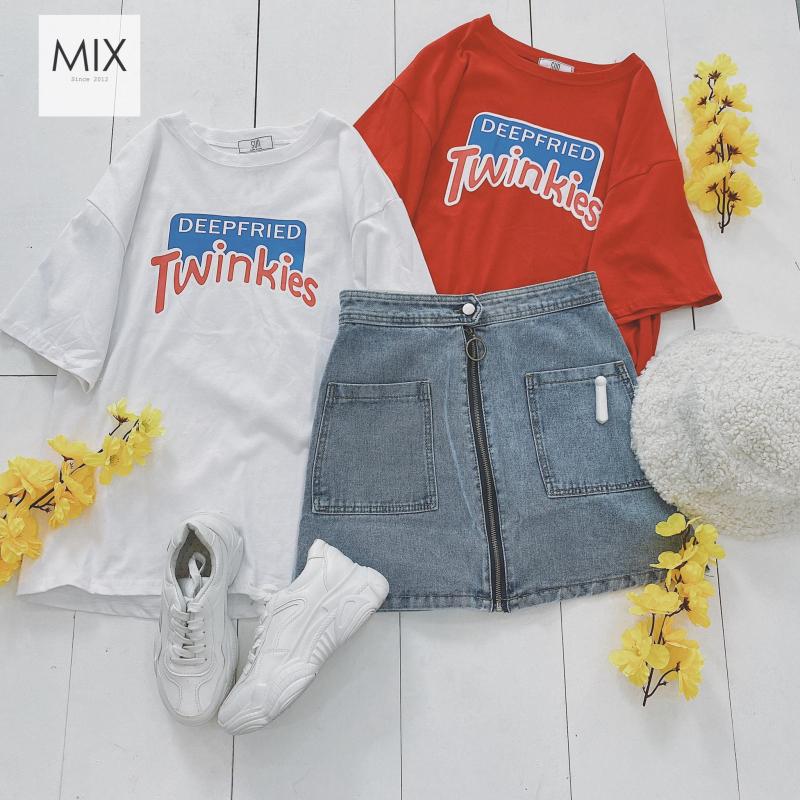What Is Merchandise Mix?
Merchandise mix is the total set of all products offered for sale by a retailer, including all product lines sold to all consumer groups. The retail industry covers everything from large supercenters (Big box stores) to small vendors pedaling goods along the roadside.
The biggest dilemma a retail store owner faces, is what to sell, or what their merchandise mix should consist of. If retailers stock too much of a variety of merchandise, they risk appearing like a jack-of-all-trades, potentially losing money in the long run.
If they stock a small merchandise mix (few items) they run the risk of losing business, especially to local brick-and- mortar stores and online competitors. For retailers, deciding on their marketing mix is similar to deciding on their market segments. Retailers need to decide who they are selling to and the needs of their market segment. Selecting and presenting the right merchandise is critical as product is the focal point of customers buying.
The Rights of Merchandising' are : The right merchandise, The right quantity, The right price, The right time, The right place, The right quality.
Each market segment and geographical region demands a different merchandise mix Seasonal and trend changes effect the merchandise mix and the product assortment must have all types of merchandise -basic, trendy, seasonal.
ASSORTMENT: is the number of pieces per size per color for each style or product variety. The right colors / sizes /product features to fulfill needs and desires of customer have to be offered by retailer please note; Enough stock must be available to meet planned sales and give customer wide assortment for selection. Quantity is all about demand and supply, Enough stock must be available in the right assortment of color and sizes. Deciding the correct quantity of each style is critical.
PRICE: is a function of profit and cost. Price should be high enough to make the desired profit, at the same time low enough to get business and meet target sales, Price should make production feasible and product saleable at a profit accepted by the target customer.
TIMING: is critical so that the merchandise does not get wasted In seasonal products like apparel, umbrellas, woolens, if the planned delivery date is not adhered to the selling season will be missed and the entire merchandise becomes a dead stock. Quality is a standard acceptable to customer and satisfies the need of the product It includes reliability, responsiveness, compliance and compatibility always remember! Quality has to be appropriate for the product and that target customer so Quality has to be compatible with the product price also.
LOCATION: The importance of location for a retailer cannot be emphasized enough, The right store location is the first step towards retail success. The location should have enough footfall of the target segment to achieve sales even withhold store the placement of various sections or departments is critical to achieving the desired sales.
In conclusion, as a Visual merchandiser your success story as in merchandising a store will be fulfilled when all your techniques and skills is converted to money to profitability of the organization.




Comments